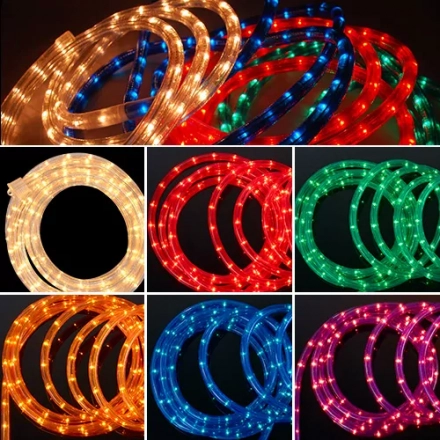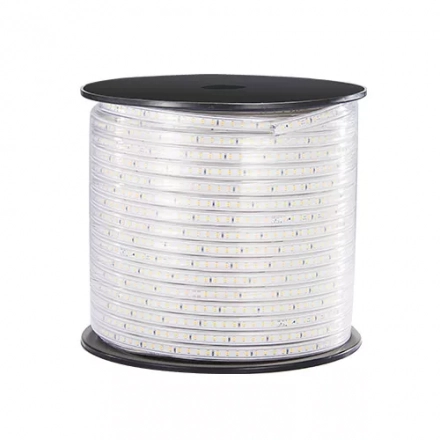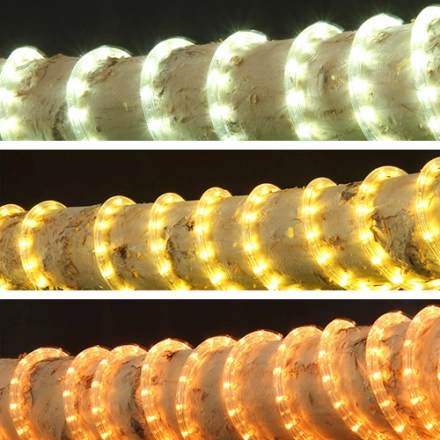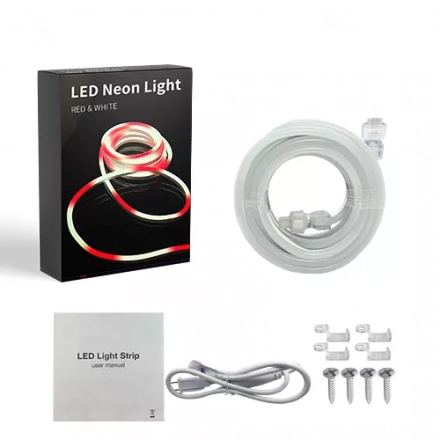High Voltage LED Controller
In the world of lighting technology, LED (Light-Emitting Diode) has emerged as a powerful and energy-efficient solution. LED lights are widely used in various applications, ranging from residential and commercial lighting to automotive and industrial sectors. To achieve optimal performance and control over LED lighting systems, the use of a high voltage LED controller is crucial. This article will explore the significance of high voltage LED controllers, their functions, and their impact on the efficiency and flexibility of LED lighting systems.
A high voltage LED controller serves as the central hub for managing and regulating the operation of LED lights. It acts as an intermediary between the power supply and the LED modules, ensuring that the LEDs receive the appropriate voltage and current for their optimal performance. High voltage controllers are specifically designed to handle the unique electrical requirements of LED lighting systems, which often operate at higher voltages than traditional lighting technologies.
One of the key functions of a high voltage LED controller is dimming control. LED lights offer tremendous flexibility in terms of brightness adjustment, allowing users to create the desired ambiance or meet specific lighting requirements. The controller enables smooth and precise dimming functionality, allowing users to adjust the light intensity according to their needs. This feature is particularly beneficial in environments where variable lighting levels are desired, such as museums, art galleries, or residential spaces.
Another important aspect of high voltage LED controllers is their ability to provide color control. LED lights are capable of producing a wide range of colors, making them highly versatile for creative lighting applications. With a high voltage LED controller, users can easily adjust the color output of LED lights, creating dynamic lighting effects or selecting specific color temperatures to suit the environment. This capability is extensively utilized in entertainment venues, architectural lighting designs, and stage productions.
Moreover, high voltage LED controllers enhance the energy efficiency of LED lighting systems. They incorporate advanced power management features such as power factor correction (PFC) and constant current regulation. These features help to optimize energy consumption, minimize power losses, and improve overall system efficiency. By ensuring that LED lights operate at their highest efficiency levels, the controller contributes to reduced energy costs and lower environmental impact.
In summary, a high voltage LED controller plays a pivotal role in the effective operation and control of LED lighting systems. Its functions encompass dimming control, color control, and power management, resulting in enhanced flexibility, energy efficiency, and overall performance. With the continued advancement of LED technology, high voltage LED controllers will continue to evolve, offering even more sophisticated features and integration options. As LED lighting becomes increasingly prevalent in various industries, the importance of high voltage LED controllers cannot be overstated.






